
Note: The post-surgical strategies mentioned in this article are intended for and applicable to those individuals who have moved beyond the acute (i.e., initial) phase of their recovery. Any post-surgical pain must have subsided before implementing many of these recovery techniques.
A lot of folks write in with questions about foot and toe surgery and what alternatives might be available for those who wish to avoid these procedures. We also get a lot of questions from people who've already had foot or toe surgery (or who are scheduled for a procedure), wondering if natural foot care methods might be effective in preventing a recurrence of their problem.
Some folks wonder, too, how they can speed healing and recover their foot strength and flexibility after surgery. It’s impossible for us to make specific recommendations for each person without the benefit of a full health history interview and physical examination, but we can offer a few helpful thoughts and suggestions about these topics. This article is intended to present general information about the post-surgical recovery process and how a more natural approach may be helpful in rehabilitating the foot and achieving optimal long-term foot health.
Post-Surgical Effects
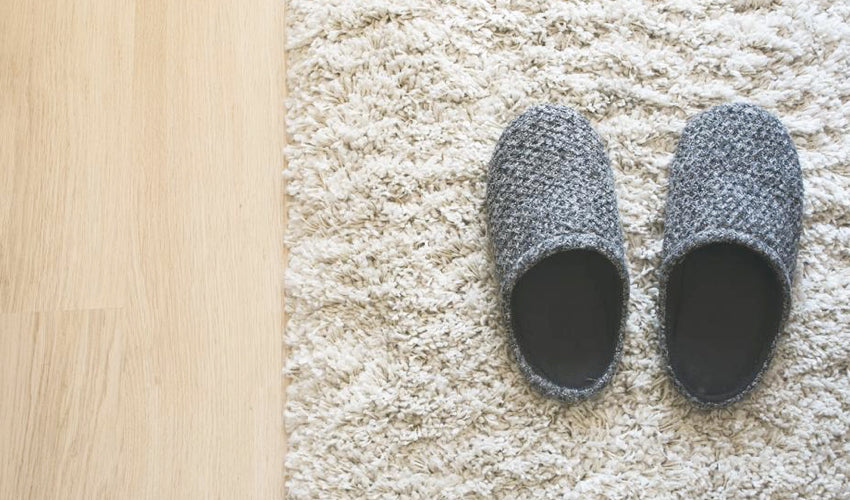
Surgical procedures—including foot and toe procedures—are major health events that come with an inherent set of risks. Some of the most common foot and toe surgeries include bunionectomies, osteotomies, cheilectomies, neurectomies, and plantar fascia release. These procedures are intended to fix long-term foot and toe problems in a meaningful way, though in some cases these procedures may not have a permanent and positive effect. These procedures may also result in unexpected side effects that negate any potential foot health gains, or they may require a lengthy rehabilitation process that may or may not result in a desirable outcome.
Scar tissue, reduced mobility, pain, and other problems can all occur after foot and toe procedures. What’s even worse, though, is that the same foot problem that led to the surgery in the first place may recur—a common phenomenon among those who undergo foot and toe surgery. Another inherent problem with foot surgery is that it typically requires a patient to stay off his or her feet for a prolonged period—something that's nearly impossible for many people, given the realities of work and home lives. Insufficient rest can lead to improper healing. By the same token, all that immobility means that there’s a lot of work and time required, later on, to restore foot strength and flexibility.

In some cases, surgery is indeed the most effective way to deal with a foot problem, particularly a severe one, and also in the case of certain congenital anomalies. We at Natural Footgear are not anti-surgery, but we feel that surgery is an invasive treatment approach that’s used far too often, especially when natural, conservative alternatives exist that have helped many people recover from their chronic foot problems.
So, in some cases, foot and toe surgery is indeed warranted, but it's important to know that, in most cases, surgery does not address the true underlying cause of foot and toe problems: Conventional footwear. A post-surgical patient who continues to use footwear that possesses injurious design features may well suffer a recurrence of his or her original problem. The health habits a person forms following foot and toe surgery can have a profound and lasting effect on his or her body, and the decision about how to rehabilitate the foot may be the difference between realizing optimal foot health and making another trip to the surgeon.
Don’t Lose Hope!

Some people who undergo foot and toe surgery find the recovery process long, arduous, and (in some cases) demoralizing, especially if the problem crops back up. If you or somebody you know has undergone foot or toe surgery and is feeling a sense of despair, we’d like to say: Don't lose hope! Proper post-surgical foot care can aid the rehabilitation and recovery process and help ensure that problems don’t arise again. Indeed, even after having surgery there is still a lot you can do to build and preserve natural foot health and regain foot strength and function.
We offer several post-surgical foot care strategies below that we’ve seen work for people in the past. Please bear in mind that every person is unique, and what works for one person may not work for someone else. The important thing to remember is that true foot rehabilitation takes time and persistence; how a person approaches the recovery process will either complement the surgical procedure (leading to lasting beneficial results) or reinforce the circumstances that led to the procedure in the first place.
Six Helpful Strategies
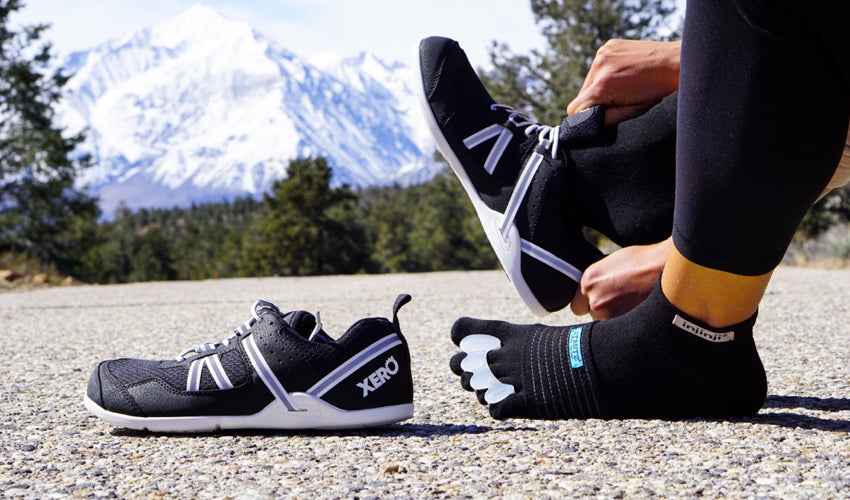
A natural approach to foot and toe post-surgical recovery respects normal foot anatomy and encourages rehabilitation, not only from the surgery itself but also from the decades of tissue changes instigated by conventional footwear and its many injurious design features. Post-surgical natural foot care involves taking active steps toward recovery and forming key foot health habits. It also sometimes involves making tough decisions about what a person puts on his or her feet. Here are the six methods that, in our experience, we’ve found most helpful in building and maintaining optimal foot and toe health after surgery:
- Avoid offending footwear
- Use Correct Toes and other helpful footgear
- Engage in weight-bearing activity
- Perform mobility exercises
- Seek out complementary therapies
- Practice good foot health hygiene
Let's dig into each of these methods a bit more.
1. Avoid Offending Footwear
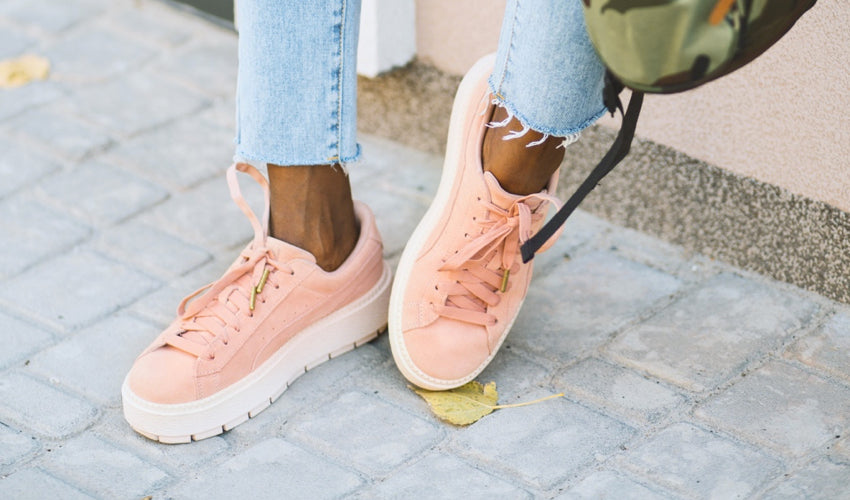
Making a conscious decision to avoid conventional footwear is the most important consideration in restoring foot and toe health following surgery. For many people, the continued use of conventional footwear (i.e., shoes that possess heel elevation, toe spring, toe taper, and rigid, inflexible soles) after surgery encourages a recurrence of the original problem, be it a neuroma, a hammertoe, or a bunion. Removing the forces that caused these problems in the first place (e.g., pinching, stretching, and constriction forces on the toes) is an extremely powerful way to ensure that these problems do not arise again and that the surgical procedure performed is the last of its kind ever required.

Indeed, choosing footwear wisely is a potent method of foot and toe rehabilitation. In our experience, this action (along with the info contained in strategy No. 2 below) is crucial in determining the true, long-term success of post-surgical recovery. All the men's and women's footwear options we feature on the Natural Footgear site respect normal and natural foot and toe anatomy and can be helpful in rehabilitating the foot to the way nature intended.
SHOP MEN'S FOOTWEAR SHOP WOMEN'S FOOTWEAR
2. Use Correct Toes & Other Helpful Footgear
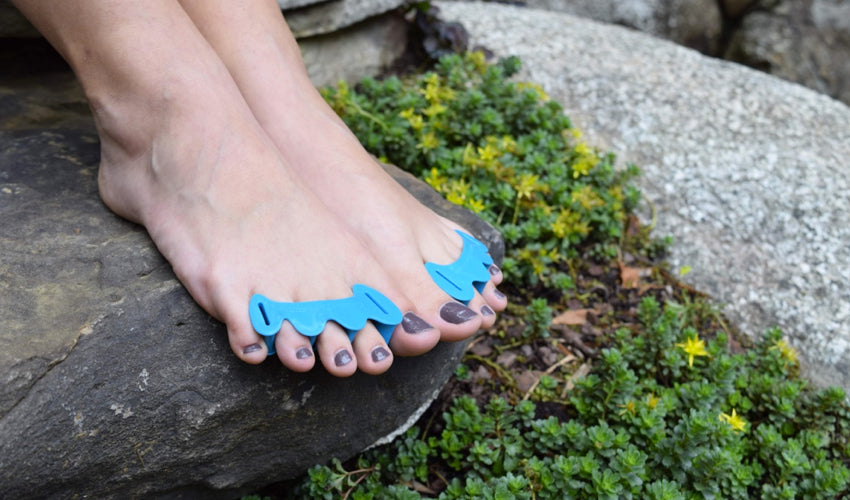
After surgery, especially toe surgery, there is a window of opportunity for many people to encourage optimal toe orientation and alignment, to allow the toes to regain their natural look and shape (i.e., straight and splayed well apart). Correct Toes is an amazing tool that helps realign the toes to the position that nature intended and can help a person take maximum advantage of this important post-surgical window of opportunity.
SHOP CORRECT TOES

Toe socks and metatarsal pads are other helpful natural footgear in rehabilitating the foot after surgery. Toe socks eliminate constriction forces on the toes, and metatarsal pads help restore proper toe flexor and extensor tendon balance while repositioning the forefoot fat pad to a location that cushions and supports the heads of the metatarsal bones (i.e., the ball of the foot).
SHOP INJINJI TOE SOCKS SHOP PEDAG METATARSAL PADS SHOP STRUTZ PRO FOOT PADS

Tuli's heel cups are another simple and effective foot pad that offers unobtrusive cushioning to the heel, and they can be particularly helpful for individuals recovering from foot surgery or for those transitioning from conventional footwear to more minimalist footwear.
SHOP TULI'S HEEL CUPS
3. Engage in Weight-Bearing Activity
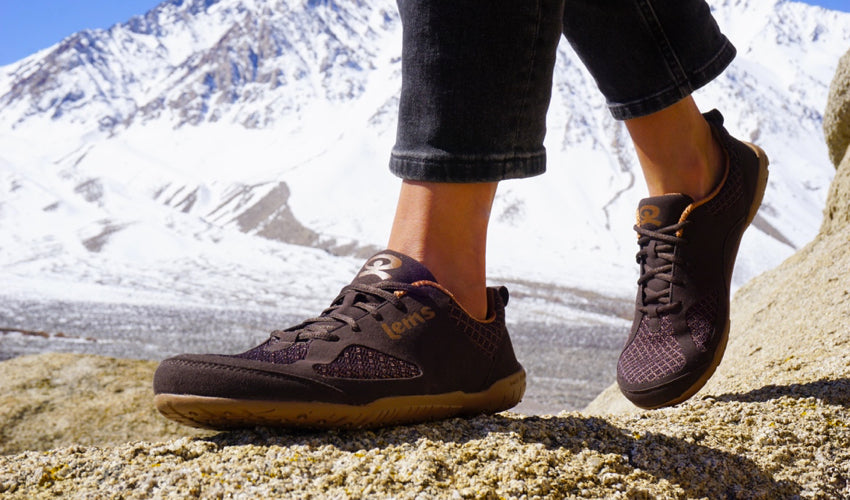
After a person has sufficiently recovered from his or her surgery, participating in weight-bearing activity (e.g., walking, running, etc.) can be a profoundly helpful way to restore normal foot shape and rehabilitate the feet ... if this activity is performed with the foot and toes in a proper configuration. Points No. 1 and 2 above highlight the importance of using footgear that respects normal and natural foot shape and anatomy, and the use of this gear becomes even more important with activities like walking and running, which involve large and persistent forces applied through the joints and tissues of the foot and toes.
Another option is to practice barefoot walking on forgiving surfaces (we prefer indoor tracks or hard-packed sand on the beach, as you can see if there is any debris or sharp objects in your path); doing so awakens previously near-dormant intrinsic foot muscles, improves overall foot strength, and helps restore medial longitudinal arch (i.e., the main foot arch) shape and function. Adopting thin, flexible, and textured Naboso insoles is another way to assist the foot rehabilitation process and can help enhance balance, posture, agility, and general foot/body awareness.
SHOP NABOSO INSOLES
4. Perform Mobility Exercises

Certain exercises can be extremely helpful in building and preserving joint and tissue mobility in the foot and toes following surgery. Mobility is an important consideration after surgery, because it can be lost without timely intervention. Lost mobility (especially in a key body part such as the foot) can have long-term implications on a person's ability to perform his or her preferred recreational activities or even activities of daily living. Some of our favorite exercises for improving foot and toe health and mobility include the following:
For the ball rolling exercise listed above, we have found the Naboso Neuro Ball to be particularly helpful.
SHOP NABOSO NEURO BALL
5. Seek Out Helpful Complementary Therapies

Receiving ongoing care from talented and compassionate complementary alternative medicine (CAM) practitioners or other providers can be an important part of foot care moving forward after surgery. Various physical therapy modalities, chiropractic techniques such as Graston, massage therapy, pilates, and yoga all have something unique to offer the post-surgical patient. Whether it’s improving joint mobility and tissue tone or helping resolve surgery-related scar tissue, these manual therapies are ideal for patients who have moved past the initial stage of their recovery and can tolerate the stimuli from hands, tools, or other equipment used by the practitioner (or the exercises and stretches that a yoga or pilates instructor might recommend).
6. Practice Good Foot Health Hygiene

Maintaining proper foot hygiene is another important way to restore foot health after surgery, and it's an important health habit that all people (post-surgical patients or otherwise) should consider. Good foot health hygiene involves the following: Monitoring/inspecting the foot and toes for cuts, bruises, ingrown toenails, etc. (an especially important consideration for diabetics); keeping nails trimmed and in good shape; using soaks and other helpful foot care products (including pain-relieving cream and medicated cream, as necessary) to keep the feet healthy and address skin issues; using anti-fungal powder on bare feet, in socks, and in footwear to keep the feet dry and eliminate shoe odors; washing the feet before bed (especially important for those who go barefoot on a regular basis); and practicing hydrotherapy to soothe inflamed muscles or joints, encourage relaxation, and resolve skin problems. Also, allowing the feet to get plenty of fresh air and sunlight is a key practice for attaining optimal foot health hygiene.
SHOP DR. SWAIM'S FOOT CARE PRODUCTS
Remember: Better Days Are Ahead
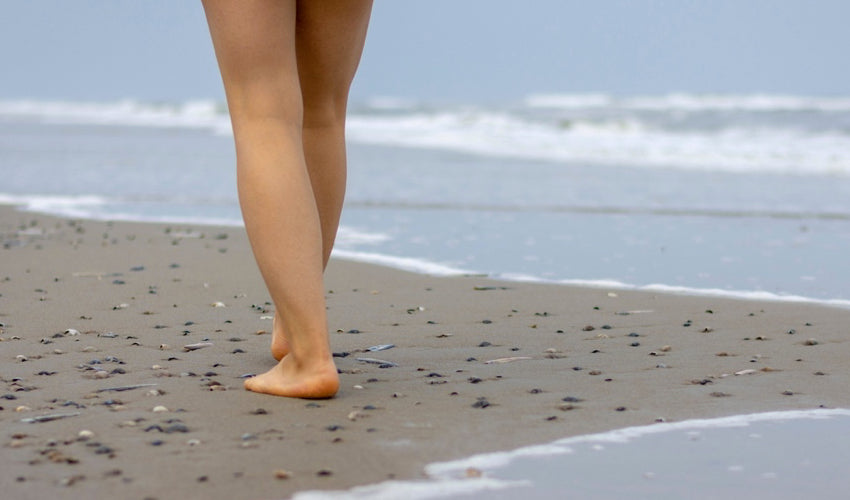
Foot and toe surgeries, though invasive and unnecessary in many cases, can indeed yield positive outcomes if the proper post-surgical recovery techniques are adopted and practiced with consistency and diligence. The natural, non-invasive recovery methods described in this article are for people who have moved beyond the initial phase of their recovery; that is, after the pain, inflammation, and temporary immobility associated with the surgery has subsided or run its course.
The body needs to recover on its own for a short while before many of these strategies can be successfully employed. But a person who has undergone foot or toe surgery should also not wait too long before incorporating these strategies into his or her post-surgical foot care routine. Incorporating these approaches at the right time is important in avoiding long-term complications and problems associated with immobility, scar tissue, etc.
If you have any questions about post-surgical natural foot care techniques, please schedule an appointment with a naturally-minded foot care professional in your area. You might also consider scheduling a remote consultation with the team at Northwest Foot & Ankle in Portland, OR. This is the sports podiatry clinic of Dr. Ray McClanahan, the inventor of Correct Toes.
For those of you to whom this article applies, we at Natural Footgear wish you a speedy and complete recovery from your foot or toe surgery as well as a lifetime of excellent foot health!
 Attention and time given to natural foot health concepts and activities can yield profound foot health benefits, both for foot injury prevention and improved quality of life. Caring for your feet and allowing them to function the way nature intended can keep you pain-free and performing the activities you love most. In most cases, the answer to long-term foot health is simple and involves removing the impediments to optimal foot...
Read more
Attention and time given to natural foot health concepts and activities can yield profound foot health benefits, both for foot injury prevention and improved quality of life. Caring for your feet and allowing them to function the way nature intended can keep you pain-free and performing the activities you love most. In most cases, the answer to long-term foot health is simple and involves removing the impediments to optimal foot...
Read more


















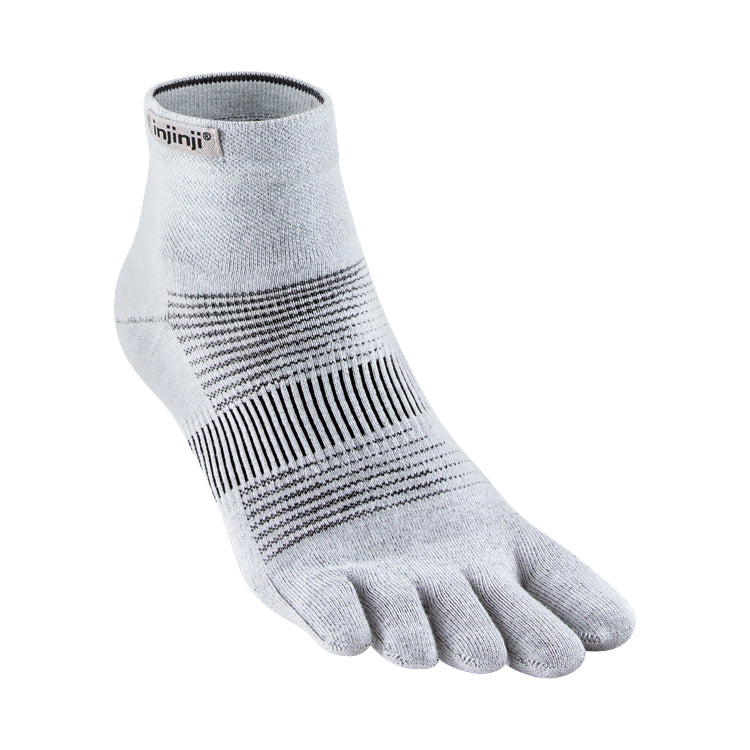

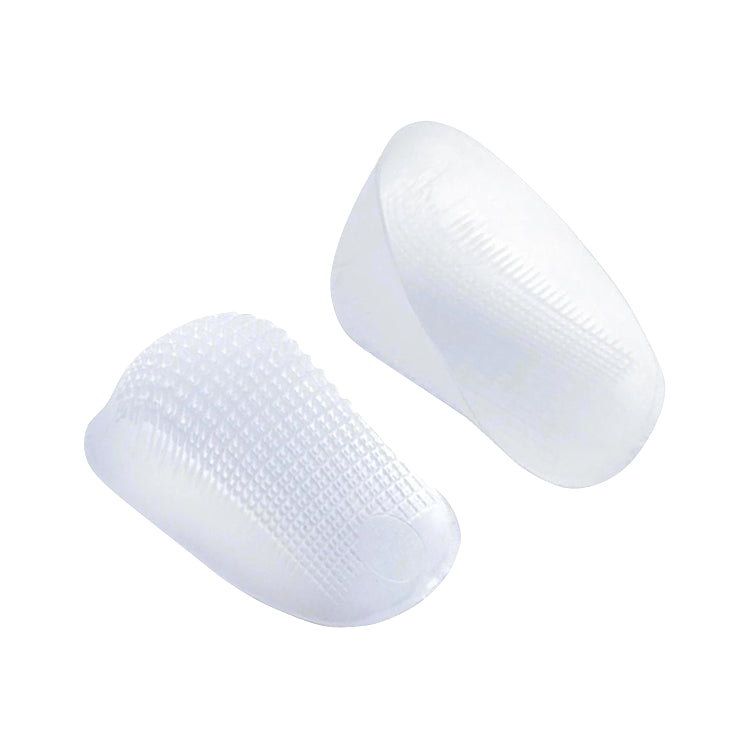

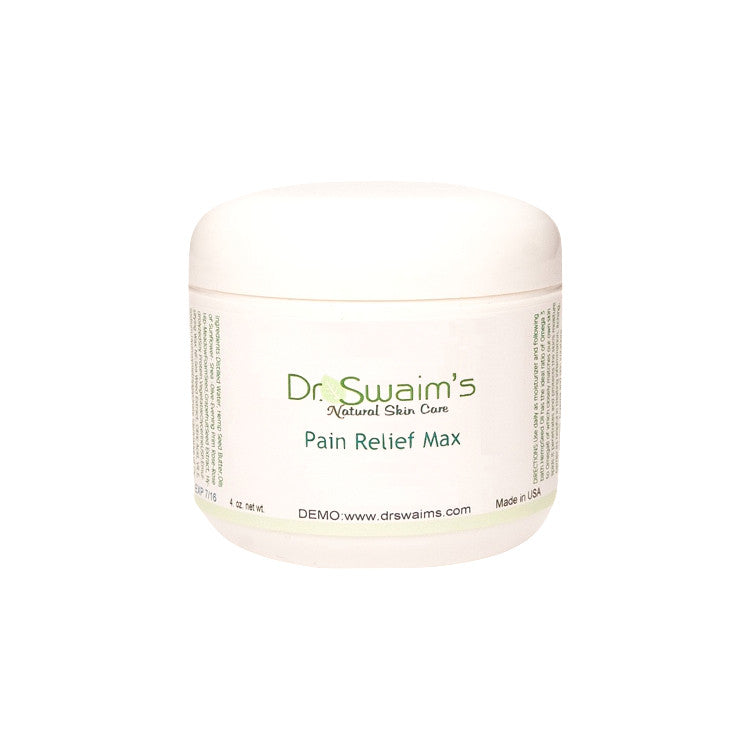
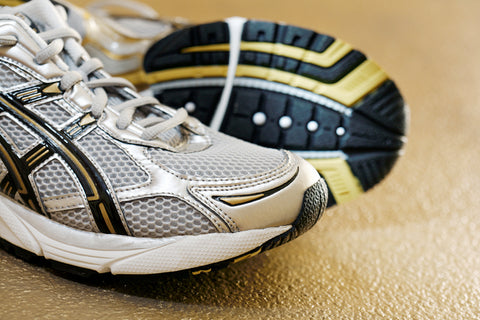


I just found your site. I am at home recovering from extensive foot surgery. I’ve been soaking, breaking up scar tissue. I do hate this boot though. I know that it’s throwing my back out because of the height difference it causes. Someone needs to come up with another shoe to wear on the other foot to help level things out! I have been wearing a higher heel on my other foot to help compensate. I don’t want to end up with back problems from foot surgery. Is there anything out there? I feel sorry for men who can’t drag out old pairs of high heels to level up the feet! There’s probably no way to add height to another shoe safely, is there? This lying around is for the birds. At least now I can play with my toes to stretch and break up scar tissue. I feel like I’ve reverted back to being a baby! Thanks for the info on your site … it’s very helpful.
Hi, April! Thank you for your comment. We wish you a speedy recovery from your recent foot surgery.
Just FYI: “Shoe-balancers” do exist, and here is one such model: www.evenupcorp.com/evenup-shoe-balancer-single-unit. We would definitely recommend wearing it with a foot-healthy shoe to promote optimal natural foot health.
I hope this info helps! If you have any other questions, please do let us know.
Kind regards,
Andrew Potter
In the Hallux Limitus course, you recommend Strutz foot pads as a helpful tool in managing the condition. What exactly are the foot pads doing that helps with this condition? Do you consider the combination of Correct Toes and Strutz foot pads a viable alternative to motion controlling shoes and conventional orthotics for protecting the vulnerable great toe joints?
Hi, Ed,
Thank you for your question! Like other kinds of metatarsal pads, Strutz foot pads act to re-establish a balance between the flexor and extensor tendons that act on the toes. Strutz foot pads are helpful in realigning the toes, including the big toe, and they encourage a repositioning of the forefoot fat pad to a place that supports and cushions the metatarsal heads, including the first met head. So, these pads play an important supporting role when it comes to hallux limitus and restoring range of motion in the 1st metatarsophalangeal (MTP) joint.
The combination of Correct Toes toe spacers, Strutz foot pads, and foot-shaped shoes can indeed be a viable alternative to motion controlling shoes and conventional arch orthotics in protecting the vulnerable great toe joints. The first approach seeks to use the foot’s own inherent properties to achieve this goal, the latter relies on external devices to immobilize the foot and prevent it from feeling the surface upon which it acts. In our experience, we’ve found that restoring proper toe and foot function (in a natural way) is the key to rehabilitating the 1st MTP joint.
Kind Regards,
Marty Hughes, DC
Hi. I’m 2 weeks post-op cheilectomy and I am so glad I found your website. I have a bunion and hammertoe on my other foot, and I am determined to try to avoid surgery. At this point, it’s too early to tell if my surgery was successful, but I’m also keen to use these exercises post-op to hopefully optimize my recovery. Thanks for the info!
Hi, Gwyn,
Thank you so much for your comment. We’re glad you found us, too! We wish you much success in your recovery.
Kind Regards,
Andrew Potter